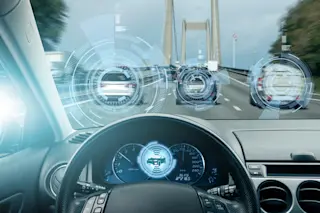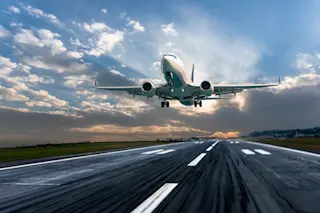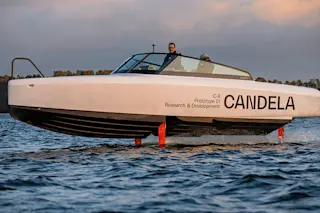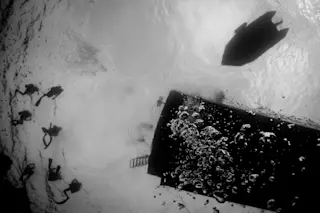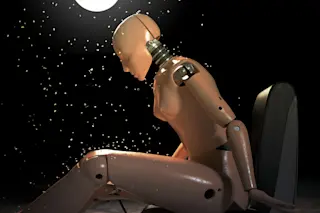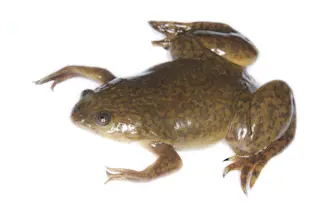When the Wright Brothers took to the skies in 1903, they were relative latecomers — insects already had been buzzing around for 325 million years. But in a little over a century, our species has more than made up for its Earth-bound origins, visiting every planet in the solar system and even penetrating interstellar space.
Two years after Charles Darwin published On the Origin of Species, the discovery of a missing link between dinosaurs and birds gave evolutionary theory a fortuitous credibility boost.
(Credit: text, Jonathon Keats; image, H. Raab/Wikimedia Commons)
text, Jonathon Keats; image, H. Raab/Wikimedia Commons
Found in southern Germany, the 150 million-year-old Archaeopteryx fossil combined reptilian and avian features. For the past century and a half, scientists have debated whether it could fly.
It took powerful X-rays to help researchers begin to put together this puzzle. A team of physicists and paleontologists at the European Synchotron Radiation ...




